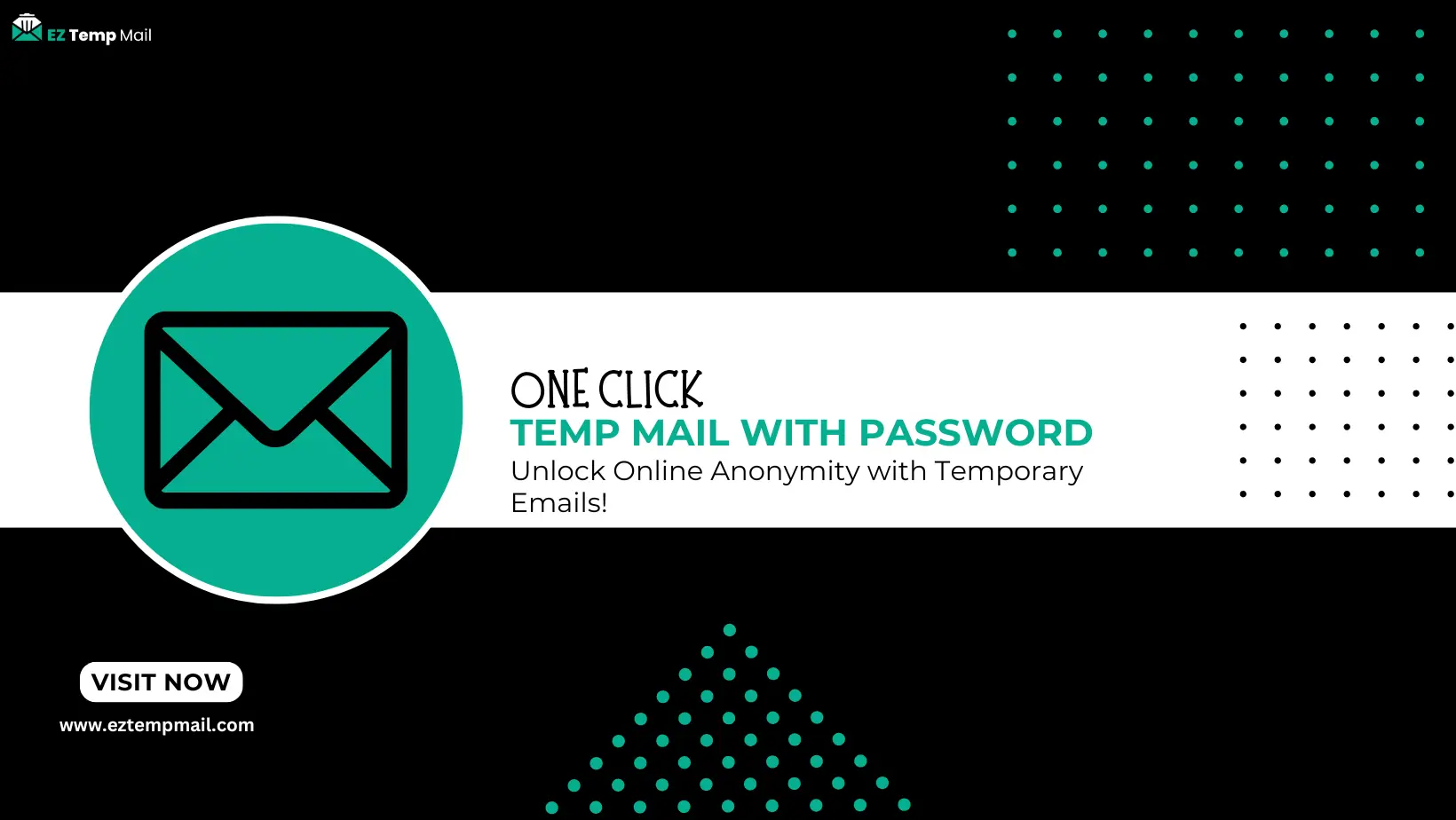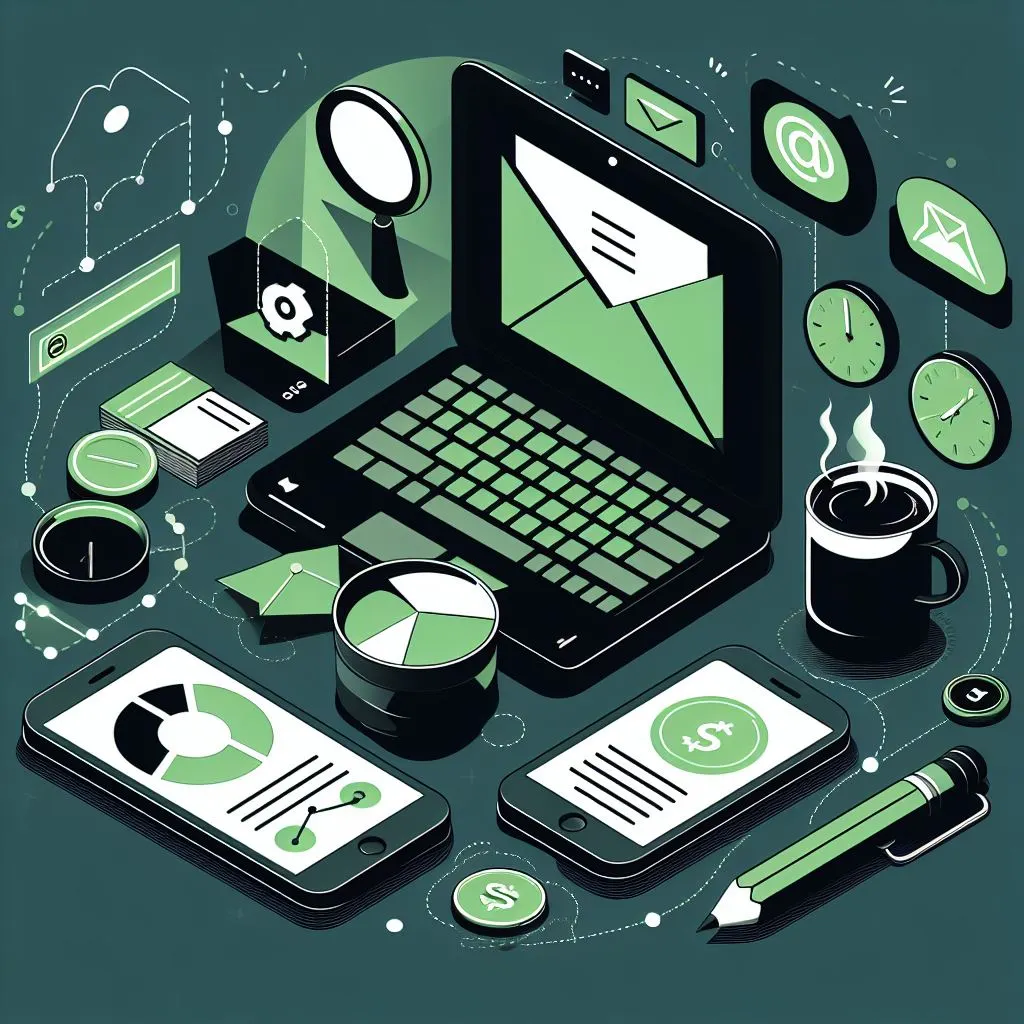

Personalized Email Marketing Guide 2025
Inbound marketing is built on engaging your audience and offering tailored, beneficial guidance. Content creation, such as blogging, crafting sales pages, or producing white papers, is crucial. Equally significant is the role of email marketing. However, to truly enhance customer relationships, it's imperative to consider personalizing content.
Just as numerous websites and platforms propose products or services aligned with your preferences, customizing your marketing emails could be a highly potent tool for conversion. Here are our recommendations for creating personalized email campaigns.
1. Craft a Unique Email Subject
Starting a personalized delivery is best achieved by addressing the recipient of your message directly. Usually, when a customer or potential client signs up for your newsletter or provides their address to receive a free product like a guide or e-book, they typically provide their first name. This information can be utilized to communicate with them personally, thus eliminating the need for excessively generic content.
2. Be a Person in Your Message
Consider taking the test yourself. Which would you be more inclined to open - a message sent by an individual, with their full name displayed in your inbox, or a message sent by a corporation?
If your inbox is overflowing, you're more likely to pay attention to an email with a personal name rather than a corporate one.

Moreover, personalizing your email with a first or last name can lend a human touch to your brand's interactions. By doing this, you project a more upbeat message to your clients and demonstrate that there is an actual person behind the words.
3. Group Your Recipients
The SNCD reports that the total volume of emails is rising, hitting 133.79 billion in 2017. Yet, the average number of messages each individual sends daily is on a downward trend, currently at about 7.06. The reason? A fresh approach to email: segmentation.
Indeed, your purpose for visiting a website may not align with that of another online user. For instance, some individuals might be engrossed in electronics on an online shopping platform, whereas others might be inclined to literature.
Similarly, you might be drawn to a website for its personal growth tips, while others may be more attracted to the ensuing marketing strategies. This is why segmenting your audience is crucial to tailor your campaigns effectively.
There are various benefits to segmentation:
- Improved open rate and click-through rate
- Personalization of customer relations
- Care of the brand image and demarcation from the competition
- Migrating to peer-to-peer communication
- Reduction of costs related to email routing
4. Tailor Your Email Content
The outcome of segmentation directly leads to the customization of messages.
The intent is to offer genuine value to your readers by crafting personalized content. This can be achieved by utilizing various elements such as a subscriber's buying history, the material they have viewed, and their location data.
5. Embrace Marketing Automation
Does this term appear savage to you? Don't worry; comprehension will come to you swiftly.
Automated marketing actions are what marketing automation is all about. This often includes sending a welcome email once someone subscribes to a newsletter or a sequence of emails addressing a particular topic.
By performing this straightforward task, you can personally greet a new enrollee and provide them with unique content that is otherwise unattainable.
6. Match Your Tone to Your Audience
Whether it's casual or formal, nowadays, you can choose either. However, it's more complex than that. The era where a letter from your preferred loyalty program could age you a decade in half a minute has passed.
Using a customer's first name can breathe new life into an email today. Similarly, employing a casual tone is feasible based on your industry, target audience, and the closeness you want to create with them.
The focus is on maintaining stability and regularity.
7. Design Special Landing Pages
You might be let down if you're only personalizing your emails to direct a CTA towards your homepage! Personalization should be thoroughly implemented. It's far more advantageous to conversion rates to establish dedicated sales pages, guide readers toward specific blog posts, and cater to their unique needs.
Conclusion:
To sum it up, the effectiveness of inbound marketing is rooted in its capacity to captivate audiences with customized advice. Creating content, including blogs, sales pages, and white papers, is critical to this approach. While email marketing also holds significant importance, personalization has become essential to enhance customer relationships.
The secret to bespoke email campaigns is meticulousness and establishing a human bond. Create distinctive email subjects by personally addressing the recipients, incorporating a personal element missing in standard content. Appear as an individual in your message because emails from people frequently distinguish themselves among business communications. By categorizing recipients via segmentation, you can guarantee customized campaigns that result in better open and click-through rates.
Not only does segmentation boost relationships with customers, but it also protects the brand's reputation and decreases the cost of email routing. The result of segmentation is personalizing email content based on subscribers' purchase history and preferences. Adopt marketing automation to streamline personalized engagement, such as greeting new subscribers with bespoke content.
Adjusting your communication style to fit your audience, informally or formally, creates a feeling of familiarity. In addition, create unique landing pages that complement customized emails, directing readers towards content that matches their preferences.
If you put these suggestions into action, your tailored email campaigns can transform into potent instruments for conversion. They will offer real value to your audience and strengthen significant relationships with your customers.
Frequently Asked Questions:
Q1: Why is personalization crucial in email marketing?
A1: The importance of personalization in email marketing cannot be overstated, as it humanizes your communication. Using the recipient's name, creating individualized messages, and customizing content based on likes and dislikes make the interaction more captivating and relevant. This strategy can dramatically boost the frequency of emails being opened and links being clicked, enhancing your relationship with your audience.
Q2: How can I effectively group my email recipients through segmentation?
A2: Consider your email recipients' interests, preferences, and behaviors for successful segmentation. To form significant segments, utilize information such as demographic details, website interactions, or past purchases. This strategy ensures the relevance and specificity of your email campaigns to distinct audience groups, thereby enhancing campaign outcomes.
Q3: What are the benefits of email segmentation?
A3: Segmenting your emails can provide numerous advantages, such as boosting open and click-through rates, tailoring customer interactions, elevating your brand's reputation, and standing out from your competition. It empowers you to engage with varied audience groups more efficiently by aligning your messages with each segment's specific desires and requirements.
Q4: How does marketing automation contribute to personalized email campaigns?
A4: Automating marketing tasks makes personalized email campaigns easier by taking over repetitive tasks. For example, it enables automatically sending welcome emails to new subscribers or creating email sequences influenced by particular triggers or subjects that interest them. This means you can deliver relevant and timely content to your audience, offering a customized experience without requiring hands-on involvement.
Q5: Why is it important to match the tone of my emails to the audience?
A5: It's crucial to align the tone of your emails with your audience as it cultivates a feeling of connection and understanding. Your industry and intended recipients will dictate whether a casual or formal tone is appropriate. Keeping a steady tone aids in establishing trust and preserving a solid rapport with your audience, leading to a brand image that is genuine and relatable.
Q6: How can special landing pages complement personalized email campaigns?
A6: Personalized email campaigns are ideally supported by unique landing pages, creating a consistent and smooth user experience. Rather than guiding the recipients to a standard homepage, these specific landing pages steer them towards content, deals, or products that match their preferences. This strategy improves the complete user experience, boosting user engagement and conversion chances.

